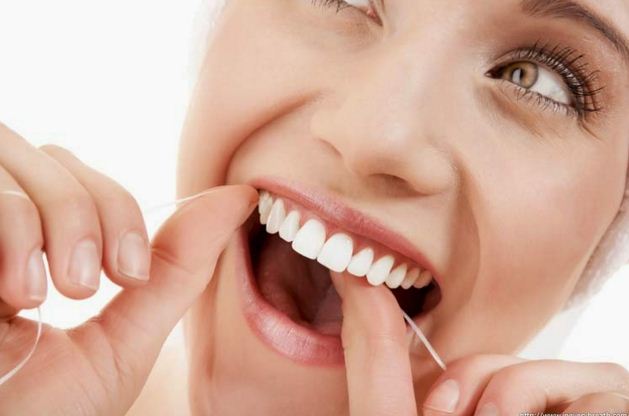Flossing has quietly lost its place among recommendations for daily health, at least as prescribed in the Dietary Guidelines for Americans, which are issued every five years by the U.S. departments of Health and Human Services and Agriculture. This has come as a surprise to many patients as well as the general dental community, posing the question, if flossing does not help my oral health then why do my gums stop bleeding when I floss each day?
Needless to say, the Mallard Family gang was aghast at this proclamation as we have seen first-hand how much daily flossing has transformed the oral health of our patients. So what gives?
We will acknowledge that flossing is not the only – or the best – way of cleaning those murky little interdental spaces. As a matter of fact, if you can fit a “Soft Pic” or an interdental brush between your teeth, you will most probably do a much more effective job at preventing both decay and gum diseases. Note that I wrote “most probably.” This is due to the fact that very few empirical or long-term studies are funded to actually test the efficacy of oral hygiene practices. We know they work, but why aren’t they studied in academic settings?
In order to test the hypothesis that flossing has a positive effect on dental decay, researchers would need a very large sample size. We need to make sure that the sample of people we recruit is representative of the U.S. population. Next, utilizing a randomized controlled design, we would need to randomly assign participants to either the no flossing control group or the flossing group. To adequately wait enough time to look for disease trends, we would need a testing period of at least 3 years… if not 5 years. What other variables could have an effect on dental health besides flossing? How about how much sugar (especially in the form of soda pop) is consumed, whether or not there is fluoride in the water supply, or if the person has had sealants or not? Think about the potential “other things” that can cause decay and then think about trying to find a way to build a study around them.
In summary, what the Dietary Guidelines for Americans failed to explain is that there are just not enough studies to make a “statement of fact.” That is because the studies are too lengthy and expensive and the funding could go to more pressing problems. We can offer you a mini-research project that you can do in your own homes. If you have a gum area that tends to bleed, floss or Soft Pic it daily for one week. With a confidence interval of 95%, we can guesstimate that the bleeding will stop. Reason? You have just removed the bad bacteria that causes dental diseases.
Mallard Family Dental Center is a Boise Idaho Dentist. Contact Us for more information.

